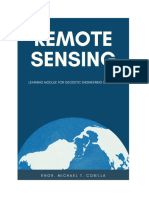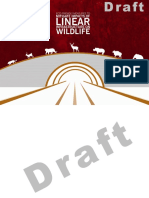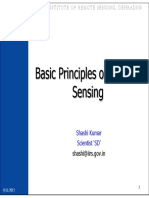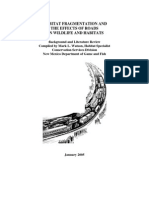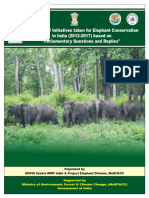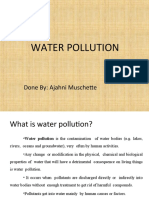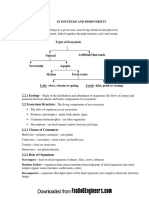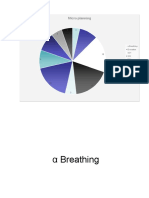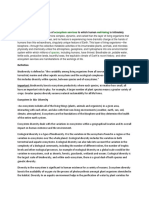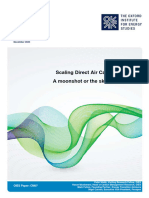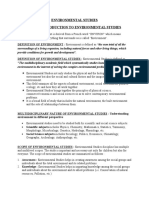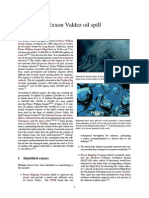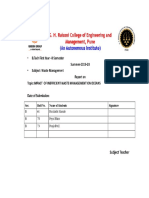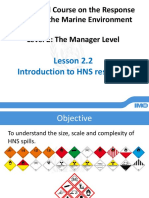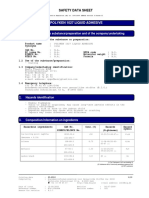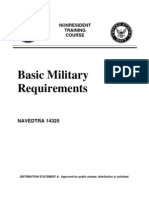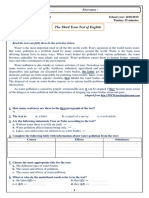0% found this document useful (0 votes)
67 views55 pagesLecture 1 - Introduction To Remote Sensing
Uploaded by
Saud ur RehmanCopyright
© © All Rights Reserved
We take content rights seriously. If you suspect this is your content, claim it here.
Available Formats
Download as PDF, TXT or read online on Scribd
0% found this document useful (0 votes)
67 views55 pagesLecture 1 - Introduction To Remote Sensing
Uploaded by
Saud ur RehmanCopyright
© © All Rights Reserved
We take content rights seriously. If you suspect this is your content, claim it here.
Available Formats
Download as PDF, TXT or read online on Scribd
/ 55
